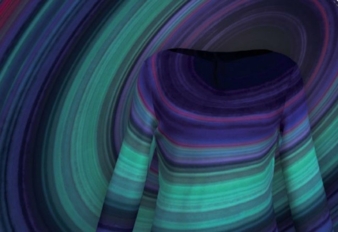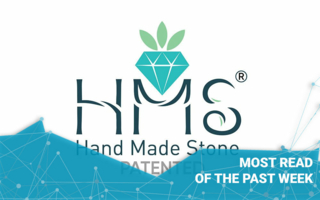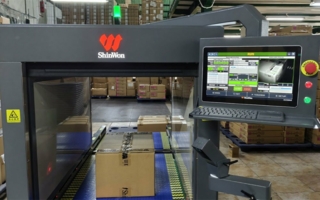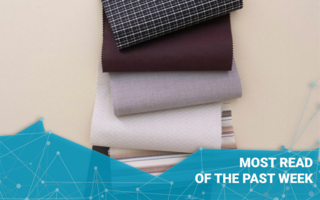13/12/2018 – Microfactory - part 9 — auf Deutsch lesen
Bringing digitalization within reach
The Microfactory 4 Fashion has already been shown at several major trade fairs.
Many well-known companies have joined forces for the project to show that the production of individualized clothing can be carried out within the shortest possible time and in geographical proximity to the customer. The coordinator of the project, the DITF Denkendorf, has a permanent “shop window for small and medium-sized businesses”, which makes digitalization a live experience. The main topics are “Simulate, Print and Cut”, “Smart Textiles” and “Lightweight Construction”.
“Simulate, Print and Cut”
“Simulate, Print and Cut” was the precursor to the Microfactory concept. It is an end-to-end digital solution for producing individual garments across the individual manufacturing stages of the textile chain. Garments simulated with Assyst’s simulation software “3D Vidya” are applied to a large-format textile print and digitally cut. This process is permanently established at the DITF. “Visitors can experience and understand the basic idea of the Microfactory live at any time,” says Alexander Artschwager of DITF Denkendorf.
Automated production of smart textiles
Another offer on site – insights into the automated production of E-Textiles. E-Textiles are created through the networked and automated integration of actuators and sensors in textile conductor tapes. This makes it possible, for example, to capture specific human vital parameters using textile sensor systems and to evaluate them in relation to acceleration forces in figure skating. “Manufacturing costs are reduced by automated production, and process accuracy is increased at the same time,” says Alexander Artschwager. “The decentralized control of the processing stations by means of programmable controllers makes it possible to exploit the full potential of Industry 4.0 and digitalization within the production line.
Configuring individualized lighting systems
As a third focal topic, approaches to light management and light distribution through textiles based on light simulations will be demonstrated on site at the DITF. A wide range of applications are focused on light. The combination of textile, LED and automation technology in building management will enable new solutions to be created in private and industrial environments. The DITF offer is part of the small and medium-sized businesses 4.0 textile networked initiative of the Federal German Ministry for Economic Affairs and Energy (BMWI).




